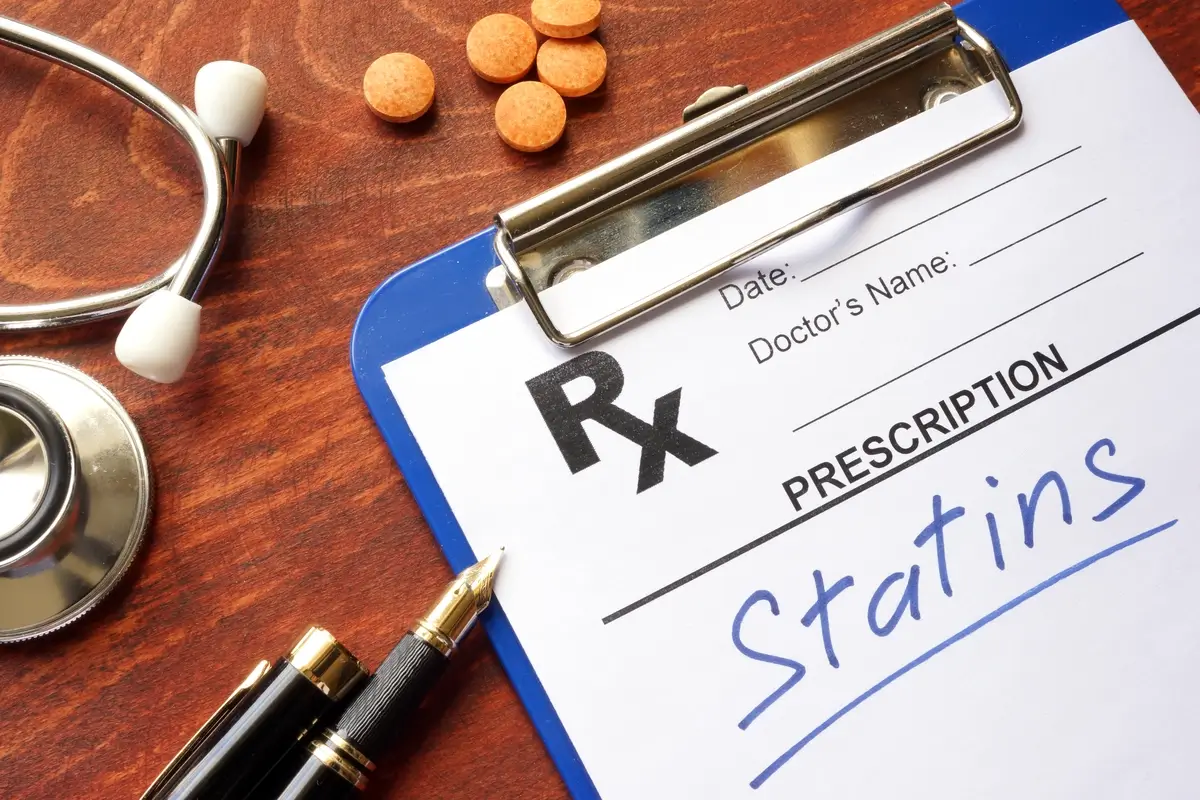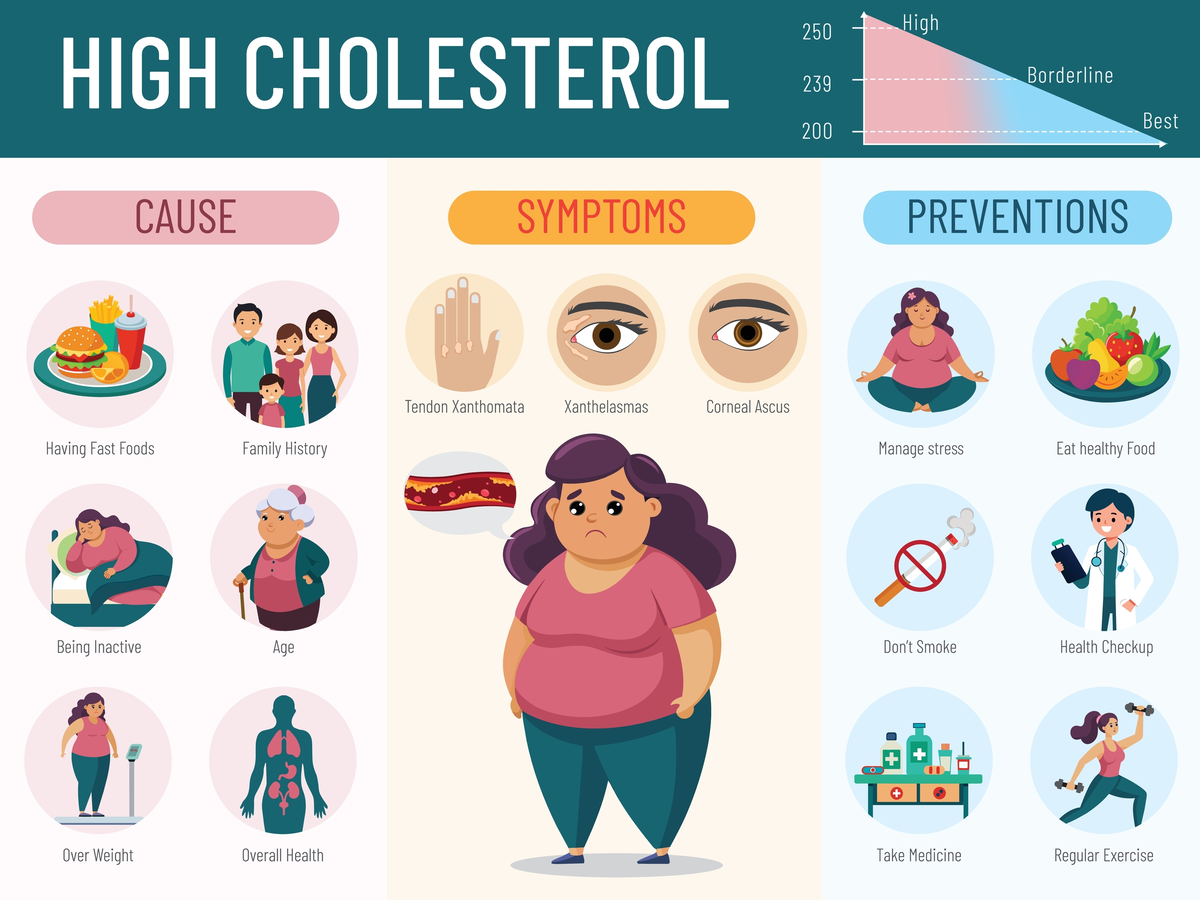PCSK9 Inhibitors vs. Statins: Understanding the Differences in Cholesterol Treatment
Cholesterol management has long been a cornerstone of cardiovascular health care. High levels of low-density lipoprotein cholesterol (LDL-C), often termed "bad cholesterol," are a major contributor to heart disease, stroke, and other cardiovascular complications. Statins have traditionally been the first-line treatment for lowering LDL-C levels. However, with the advent of PCSK9 inhibitors, a newer class of cholesterol-lowering drugs, patients now have additional options for managing cholesterol levels effectively.
In this comprehensive guide, we’ll explore the differences between PCSK9 inhibitors and statins, how they work, their advantages, potential side effects, and which option might be best for different individuals.
Why is Cholesterol Management Important?
Cholesterol is a waxy substance found in the body, essential for building cells, producing hormones, and supporting other vital functions. However, too much LDL-C in the bloodstream can lead to plaque buildup in arteries, increasing the risk of:
Reducing LDL-C levels through lifestyle changes and medications is critical to lowering cardiovascular risk, especially for individuals with pre-existing conditions or genetic predispositions.
What Are Statins?
Statins are one of the most widely prescribed medications worldwide for lowering cholesterol. They work by blocking the enzyme HMG-CoA reductase, which is responsible for cholesterol production in the liver.
Commonly Prescribed Statins
- Atorvastatin (Lipitor)
- Simvastatin (Zocor)
- Rosuvastatin (Crestor)
- Pravastatin (Pravachol)
Benefits of Statins
- LDL-C Reduction: Depending on the dosage, statins can lower LDL-C levels by 30–50% or more.
- Cardiovascular Event Prevention: Statins are proven to reduce the risk of heart attacks and strokes in both primary and secondary prevention.
- Affordable and Widely Available: Statins are available as generic medications, making them cost-effective and accessible.
What Are PCSK9 Inhibitors?
PCSK9 inhibitors are a newer class of cholesterol-lowering drugs. They target a protein called proprotein convertase subtilisin/kexin type 9 (PCSK9), which regulates the number of LDL receptors on liver cells.
How PCSK9 Inhibitors Work
PCSK9 reduces the availability of LDL receptors that remove LDL-C from the bloodstream. PCSK9 inhibitors are monoclonal antibodies that block the PCSK9 protein, increasing the number of active LDL receptors and significantly reducing LDL-C levels.
Commonly Used PCSK9 Inhibitors
- Alirocumab (Praluent)
- Evolocumab (Repatha)
Administration
Unlike statins, which are taken orally, PCSK9 inhibitors are administered via subcutaneous injections every 2–4 weeks.
Key Differences Between PCSK9 Inhibitors and Statins
-
Mechanism of Action
- Statins: Reduce cholesterol production in the liver.
- PCSK9 Inhibitors: Increase the removal of LDL-C from the bloodstream.
-
Effectiveness
- Statins reduce LDL-C levels by up to 50%.
- PCSK9 inhibitors can lower LDL-C levels by 50–70%, even in individuals already taking statins.
-
Onset of Action
- Statins start working within days to weeks.
- PCSK9 inhibitors show significant LDL-C reductions within hours to days after the first injection.
-
Administration
- Statins are oral pills taken daily.
- PCSK9 inhibitors require periodic injections.
-
Side Effects
- Statins are occasionally associated with muscle pain and liver enzyme elevations.
- PCSK9 inhibitors are generally well-tolerated but may cause injection site reactions or allergic responses.
-
Cost
- Statins are much more affordable, especially in generic form.
- PCSK9 inhibitors are significantly more expensive, limiting access for some patients.
Who Should Use Statins?

Statins are typically the first-line treatment for most individuals with high LDL-C levels, including:
- Primary Prevention: People without existing heart disease but with elevated cholesterol levels or risk factors such as diabetes or hypertension.
- Secondary Prevention: Patients with a history of cardiovascular events such as heart attack or stroke.
- Familial Hypercholesterolemia (FH): While PCSK9 inhibitors are more effective for FH, statins remain an essential first-line therapy, and they often need used together.
Who Should Use PCSK9 Inhibitors?
PCSK9 inhibitors are generally reserved for individuals who:
- Have Statin Intolerance: Patients who experience significant side effects from statins may benefit from PCSK9 inhibitors.
- Need Aggressive LDL-C Reduction: For high-risk patients, such as those with familial hypercholesterolemia or a history of cardiovascular events, PCSK9 inhibitors can achieve LDL-C reductions that statins alone cannot.
- Have Inadequate Response to Statins: When statins and lifestyle changes are insufficient to lower LDL-C to target levels, adding a PCSK9 inhibitor can provide additional benefits.
- Are at Very High Cardiovascular Risk: Patients with advanced atherosclerosis or recurrent cardiovascular events may require the aggressive LDL-C lowering provided by PCSK9 inhibitors.
Combining PCSK9 Inhibitors and Statins
For many high-risk patients, a combination of PCSK9 inhibitors and statins offers the best of both worlds:
- Statins reduce cholesterol production.
- PCSK9 inhibitors enhance the removal of LDL-C.
Studies have shown that combining these therapies can reduce LDL-C levels by more than 80%, significantly lowering the risk of heart attacks, strokes, and other cardiovascular events.
Potential Side Effects of Each Treatment
Statins
- Muscle Pain (Myalgia): One of the most common complaints, affecting up to 10% of users.
- Liver Enzyme Elevation: Rare, but rarely significant.
- Diabetes Risk: High-dose statins may slightly increase the risk of developing type 2 diabetes.
PCSK9 Inhibitors
- Injection Site Reactions: Redness, swelling, or pain at the injection site.
- Flu-like Symptoms: Fatigue, mild fever, or muscle aches.
- Allergic Reactions: Rare but possible.
Cost and Accessibility
Statins
Statins are widely available and affordable.
PCSK9 Inhibitors
PCSK9 inhibitors, in contrast, can cost several thousand dollars per year. Insurance coverage is often required, and pre-authorisation is typically necessary to confirm that other treatments have been insufficient.
Lifestyle Modifications to Enhance Cholesterol Treatment

Whether you’re on statins, PCSK9 inhibitors, or a combination, lifestyle changes are crucial in managing cholesterol levels and overall cardiovascular health.
- Heart-Healthy Diet: Focus on high-fiber foods (oats, beans, fruits, and vegetables), healthy fats (avocados, nuts, and fatty fish), and reducing saturated and trans fats.
- Regular Exercise: Aim for at least 150 minutes of moderate-intensity exercise per week.
- Weight Management: Maintaining a healthy weight can improve cholesterol levels and reduce cardiovascular risk.
- Smoking Cessation: Quitting smoking improves HDL (good cholesterol) levels and reduces overall cardiovascular risk.
Conclusion
Both statins and PCSK9 inhibitors have transformed the landscape of cholesterol management, offering effective options for reducing LDL-C and lowering the risk of cardiovascular disease. While statins remain the backbone of cholesterol-lowering therapy, PCSK9 inhibitors provide a valuable alternative for individuals with specific needs.
By understanding the differences between these treatments, you can work with your healthcare provider to make informed decisions about managing your cholesterol and protecting your heart health for the long term.

